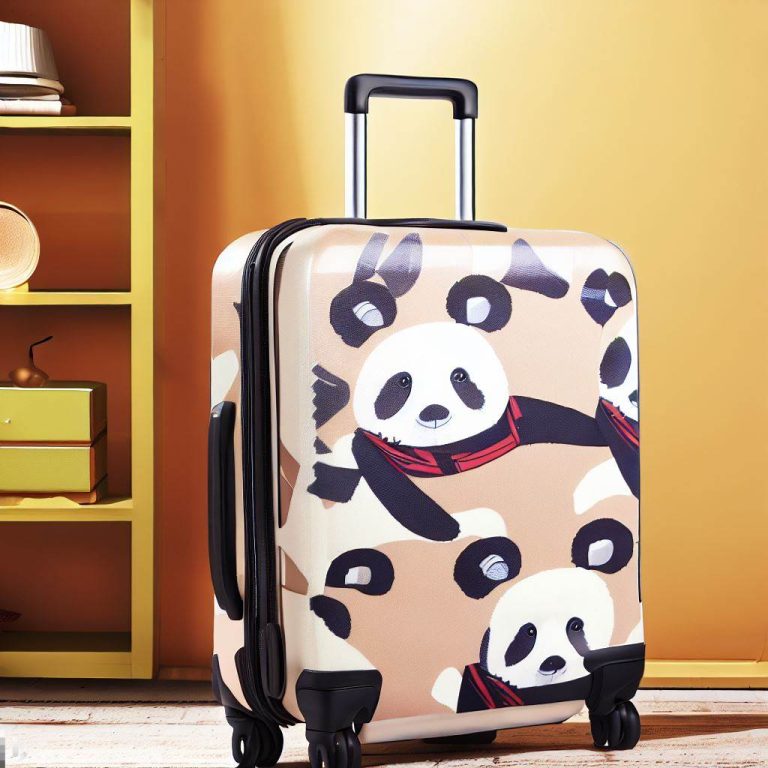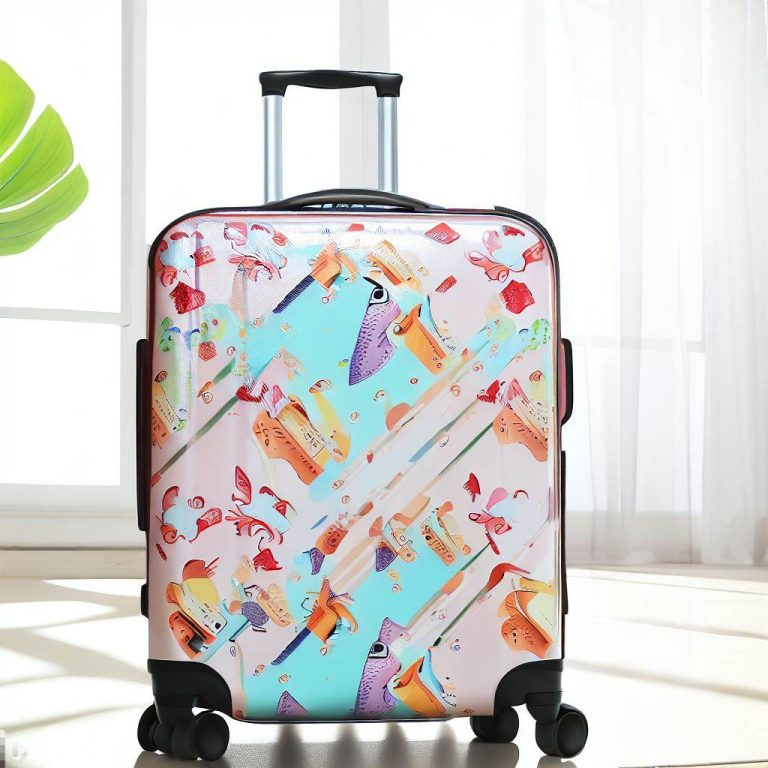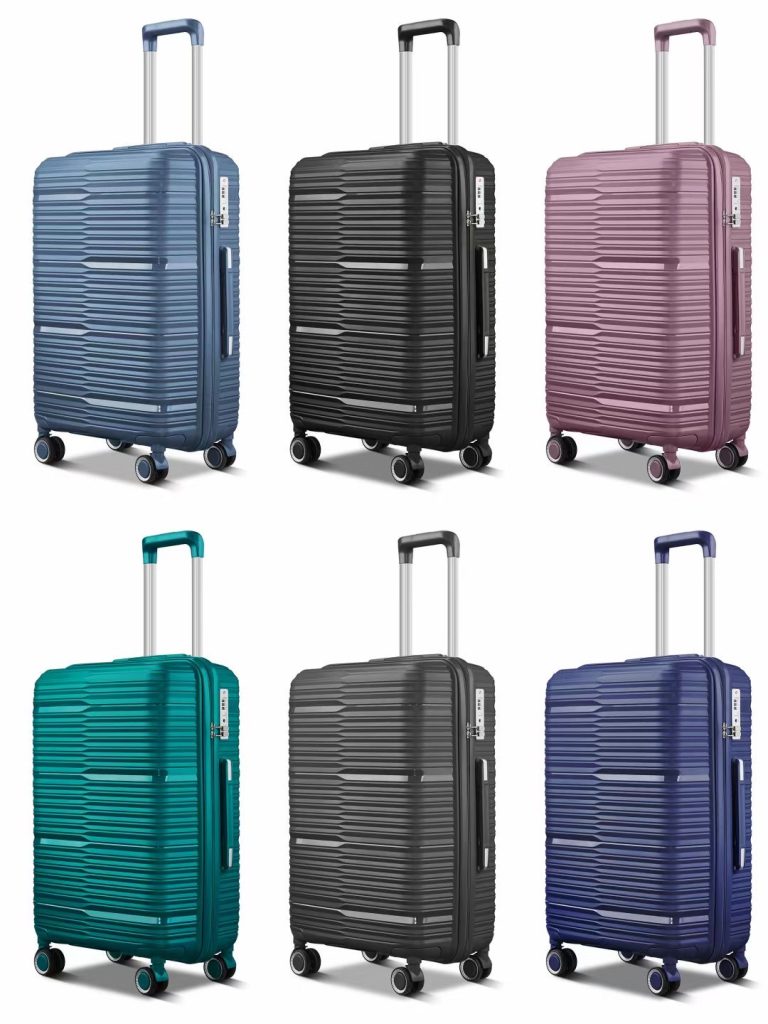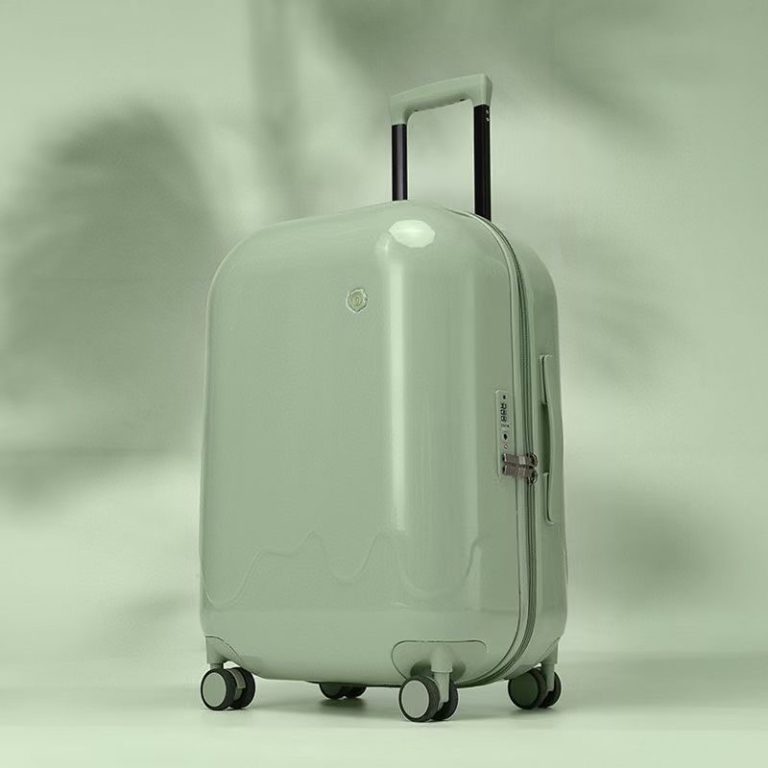The luggage industry is a complex and ever-evolving one
 The luggage industry is a complex and ever-evolving sector of the retail market. It is a highly competitive market, with a wide range of products available to consumers. From traditional hard-sided suitcases to lightweight and durable soft-sided bags, the range of luggage options is vast.
The luggage industry is a complex and ever-evolving sector of the retail market. It is a highly competitive market, with a wide range of products available to consumers. From traditional hard-sided suitcases to lightweight and durable soft-sided bags, the range of luggage options is vast.
In recent years, the industry has seen a shift towards more innovative and technologically advanced products. Smart luggage, for example, is becoming increasingly popular, with features such as GPS tracking, USB charging ports, and built-in scales. Additionally, the use of lightweight materials such as polycarbonate and nylon has allowed for the production of more durable and lightweight luggage.
The industry is also seeing an increase in the use of sustainable materials, such as recycled plastic and organic cotton. This is in response to the growing demand for eco-friendly products. Companies are also investing in research and development to create more efficient and sustainable production processes.
The luggage industry is constantly evolving, with new products and technologies being introduced on a regular basis. As such, it is important for companies to stay up to date with the latest trends and developments in order to remain competitive. Companies must also be aware of the changing needs and preferences of their customers in order to remain successful.
- with a variety of suppliers and manufacturers offering a wide range of products. Unveiling the Luggage Factory: The High-Quality Suppliers Behind is a blog topic that explores the different suppliers and manufacturers that make up the luggage industry. It looks at the different types of materials used
The luggage industry is a complex and ever-evolving sector, with a variety of suppliers and manufacturers offering a wide range of products. From hard-shell suitcases to lightweight backpacks, the materials used to create these items are just as varied. To better understand the industry, it is important to take a closer look at the suppliers and manufacturers behind the luggage.
One of the most popular materials used in the production of luggage is polycarbonate. This lightweight, yet durable material is often used to create hard-shell suitcases, as it is resistant to cracking and denting. It is also highly resistant to scratches and abrasions, making it an ideal choice for frequent travelers. Some of the leading suppliers of polycarbonate include Bayer, SABIC, and Teijin.
Another popular material used in the production of luggage is nylon. This lightweight, yet strong material is often used to create backpacks and duffel bags. It is highly resistant to tears and abrasions, making it an ideal choice for those who need a bag that can withstand the rigors of travel. Some of the leading suppliers of nylon include DuPont, Toray, and Invista.
Leather is also a popular material used in the production of luggage. This luxurious material is often used to create briefcases and other business-oriented bags. It is highly resistant to wear and tear, making it an ideal choice for those who need a bag that can stand up to the demands of the workplace. Some of the leading suppliers of leather include Pittards, Horween, and Hermann Oak.
Finally, canvas is another popular material used in the production of luggage. This lightweight, yet durable material is often used to create duffel bags and other casual bags. It is highly resistant to water and dirt, making it an ideal choice for those who need a bag that can withstand the elements. Some of the leading suppliers of canvas include Sunbrella, Cone Denim, and Martex.
The luggage industry is a complex and ever-evolving sector, with a variety of suppliers and manufacturers offering a wide range of products. By taking a closer look at the suppliers and manufacturers behind the luggage, we can gain a better understanding of the materials used to create these items. From polycarbonate to leather, each material has its own unique properties that make it an ideal choice for a variety of applications.
- the different production processes
- and the various quality standards that are in place. It also examines the different types of luggage available
- from hard-sided suitcases to soft-sided duffel bags
- and the different features that each type of luggage offers. Finally
- it looks at the different suppliers and manufacturers that are available






